The world of espionage is filled with mystery and intrigue. While James Bond movies showcase fantastical gadgets, the real tools used by spies are often just as strange. Get ready to explore some of the most secretive and bizarre pieces of spy kit ever conceived.
Here are ten of the weirdest bits of equipment a spy might find among their kit.
10 Pipe Radio
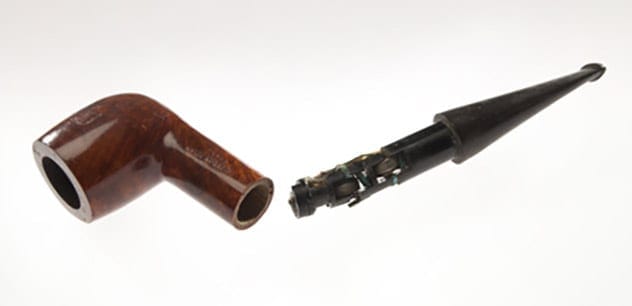
Back in the 20th century, smoking a pipe could potentially save a CIA agent’s life. This wasn’t just any pipe; concealed in its stem was a radio receiver. Agents could receive transmissions directly through the pipe.
The pipe worked when the spy clenched it in their teeth. Vibrations transferred sound through the bones of the skull, allowing only the agent to hear the message. The CIA hasn’t confirmed if these pipes could actually be used for smoking tobacco.
9 Dead Rat

What would you do if you saw a dead rat? A spy might use it to transfer crucial information. The CIA utilized hollowed-out dead rats as a literal “dead drop,” a secret location for agents to exchange items without meeting.
These rats were real, with their insides replaced by a Velcro pouch for messages and money. The CIA chose rats because most people are repulsed by them. A coat of Tabasco sauce deterred scavenging animals from taking a bite.
8 Rectal Tool Kit
Espionage isn’t always glamorous. Sometimes, spies must hide tools in unconventional places, like their anus. The CIA’s rectal tool kit was designed for this purpose, containing essential items in a compact, easily concealed package.
The kit came in a shatter-proof case to prevent injury during removal. Inside, agents found knives, drills, and picks—everything needed to escape a difficult situation. This ingenious kit packed a lot into a small space.
7 Dog Poop Transmitter
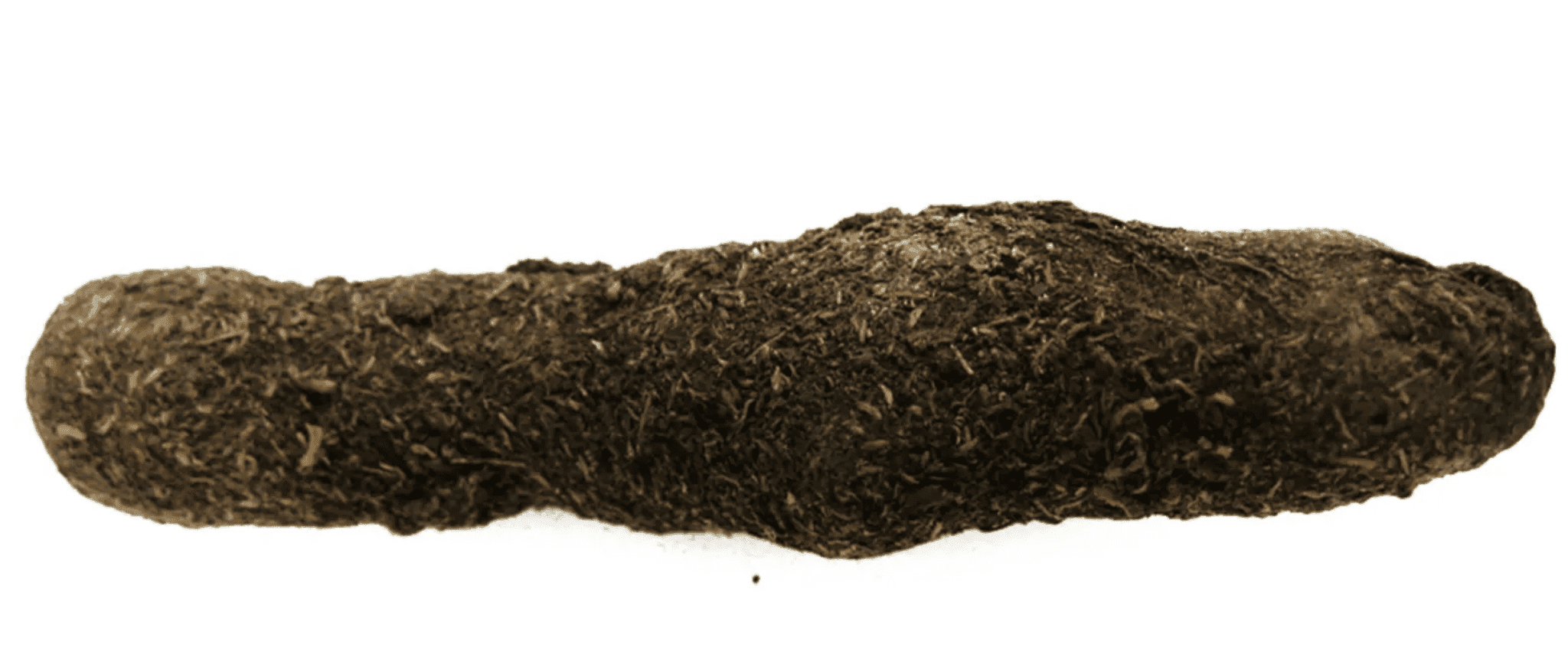
If dead rats seemed repulsive, then dog poop was the next logical step. During the Vietnam War, the U.S. military deployed “Dog Doo Transmitters” along the Ho Chi Minh trail. These devices looked like medium-sized dog droppings and were used to monitor enemy movements.
The T-1151 contained a detector that transmitted signals back to American forces, tracking the movement of supplies. Variations were designed to mimic local animal droppings. These devices could also serve as homing beacons or transmit Morse code.
These transmitters were part of a trend of using ordinary-looking items for covert operations. So, those who don’t clean up after their dogs might inadvertently be aiding spies.
6 Hollow Coins
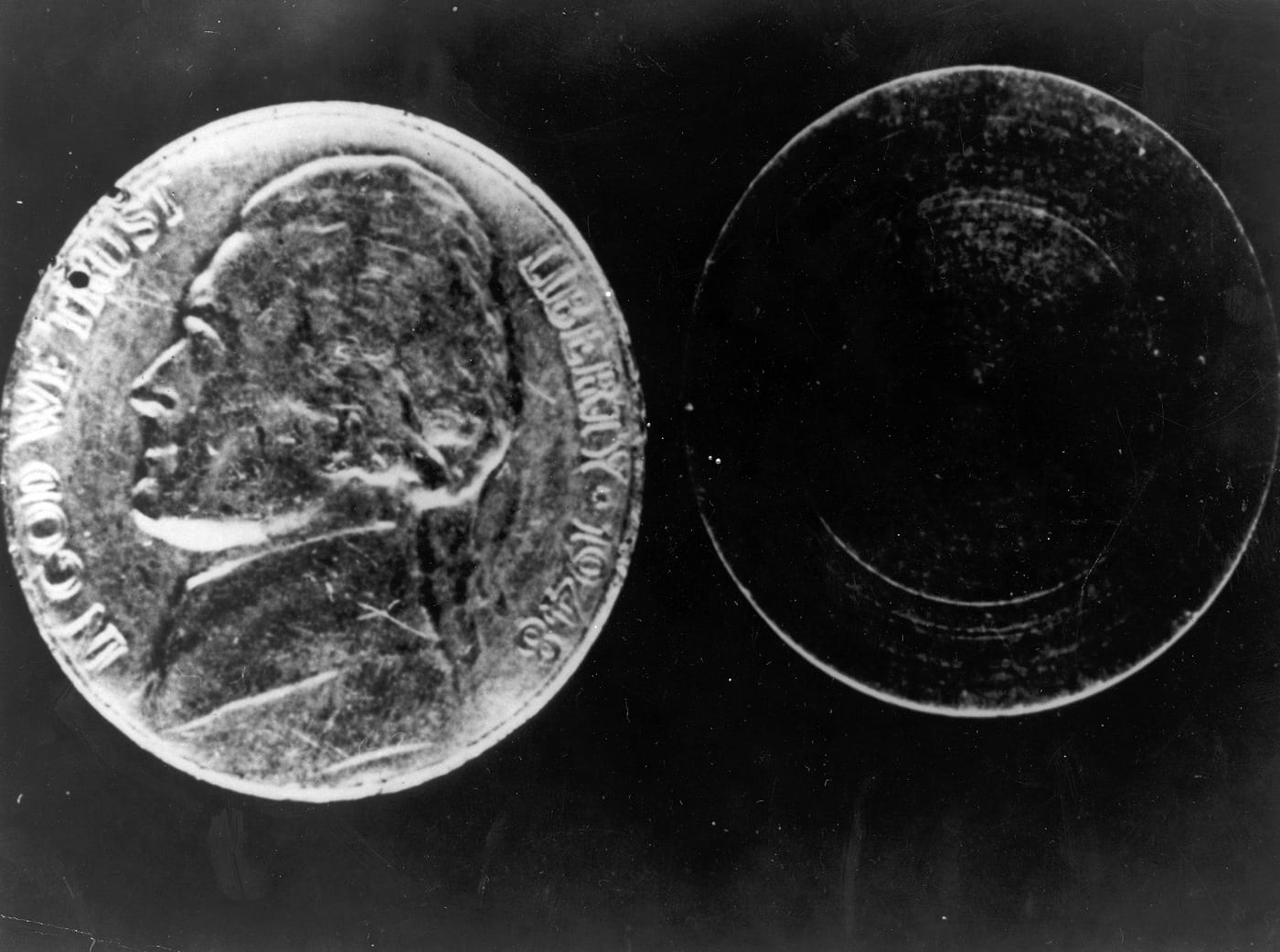
The best spy tools blend seamlessly into everyday life. Coins, handled daily by countless people, made perfect hiding spots. In one case, a hollow coin led to the exposure of a Soviet spy.
In 1953, a newspaper boy named Jimmy received a hollow nickel as payment. When the coin broke open, a miniature photograph fell out. This ordinary-looking coin had a tiny hole allowing it to be opened with a needle.
The FBI, after finding another hollow coin, connected it to Jimmy’s discovery. This led to arrests that dismantled a Soviet spy ring, proving that even the smallest details can be significant.
5 Pipe Dagger
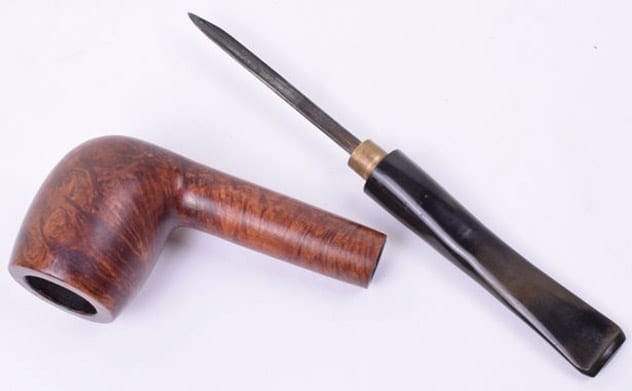
While smoking is bad for your health, one British spy gadget could be deadly in a different way. This pipe looked ordinary, but with a quick twist, it revealed a lethal steel blade. Agents could discreetly stab an enemy if needed.
Created by the Special Operations Executive during World War II, these pipes were designed to assist agents behind enemy lines. The SOE developed various gadgets to help spies evade detection and survive dangerous situations.
The British also produced pipes that concealed small-caliber guns, showcasing their fondness for offensive smoking accessories.
4 Spy Basket
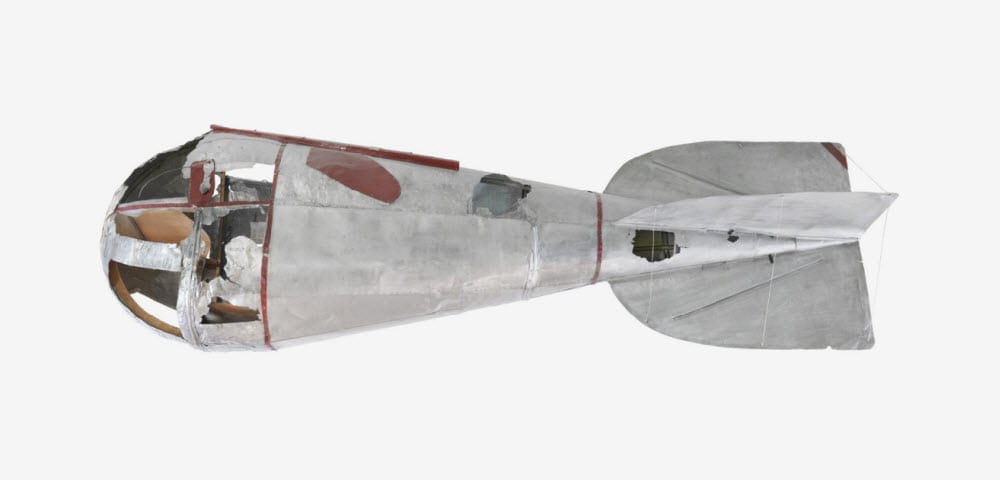
Not all spy equipment was subtle. During World War I, Germans used Zeppelins for reconnaissance and bombing raids. However, Zeppelins were slow, flammable, and easily shot down. To avoid detection, they often stayed above the clouds.
When above the clouds, Zeppelins couldn’t see their targets. To compensate, they lowered a “spy basket” on a wire. A spy would sit in this small vessel, descending below the clouds to direct operations.
While people on the ground could hear the Zeppelin, they couldn’t locate it with lights. The spy basket was too small to be seen, making it a unique if somewhat clumsy form of espionage.
3 Glasses With Cyanide Pill

Suicide pills are a common trope in spy movies, often hidden in teeth. However, one unusual hiding place was in the arms of a pair of glasses. The CIA created glasses with cyanide capsules hidden in the tips.
An agent could pretend to ponder deeply, chewing on the glasses, while actually committing suicide. This ensured a final escape if capture was imminent.
In a real case, Soviet diplomat-turned-US-spy Alexander Dmitrievich Ogorodnik used a pen with a cyanide pill. When arrested, he requested the pen to sign his confession, bit the capsule, and died instantly.
2 Insectothopter
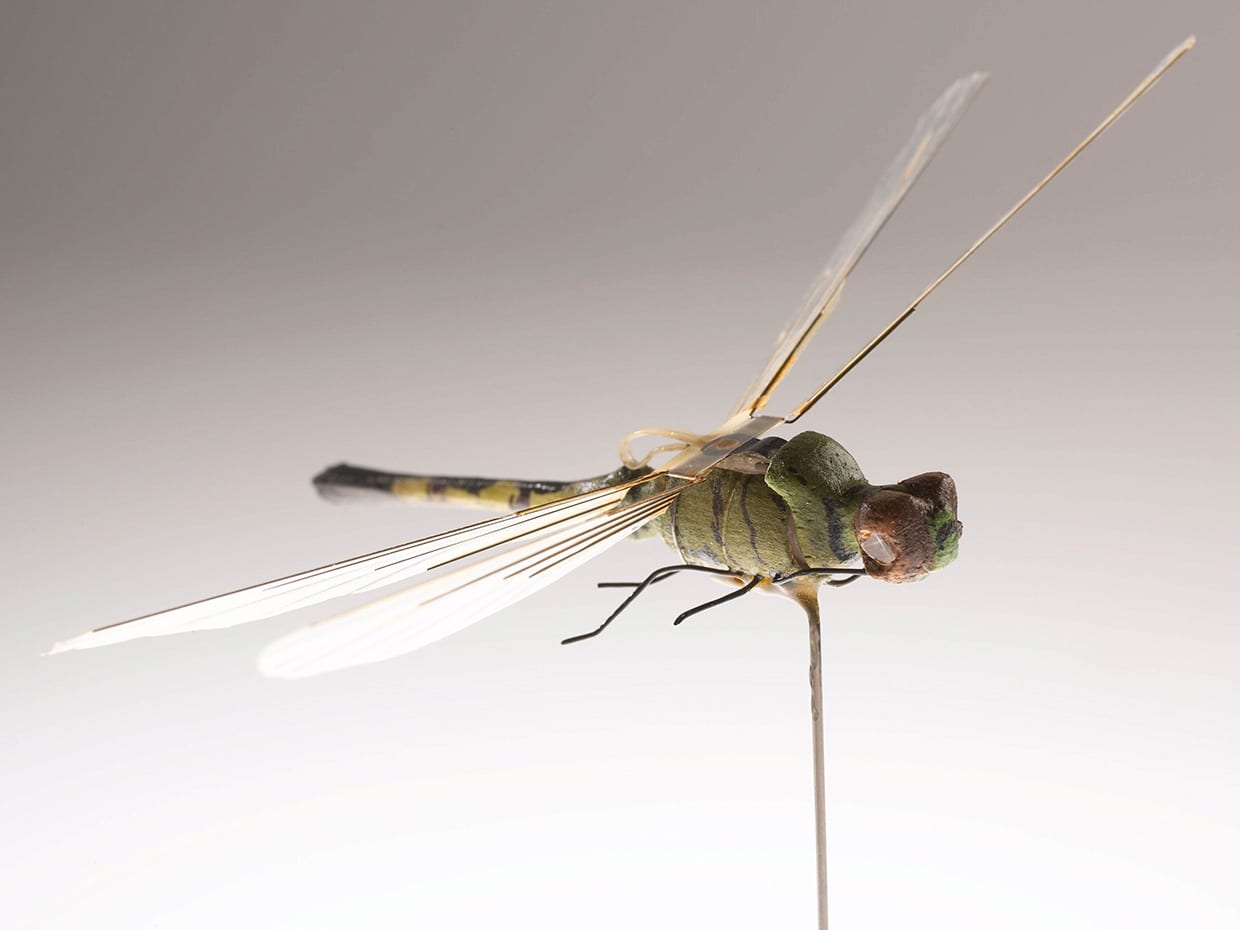
Imagine a fly on the wall – the ultimate spy. The first attempt to create an insect spy device, however, wasn’t entirely successful. Developed in the 1970s, the Insectothopter was a dragonfly-shaped mobile listening device created by the CIA.
Under ideal conditions, this unmanned aerial vehicle could travel 200 meters in 60 seconds. Unfortunately, the Insectothopter was awkward in the air, and even a light breeze could throw it off course.
Guided by laser beams, it was never used in the field due to its limitations. But with continued development, insect-like spy devices might one day be indistinguishable from real bugs.
1 False Scrotum
For spies needing quick contact with their handlers, the CIA developed a false scrotum designed to hide a miniature escape radio. This prosthetic was intended to be worn in the appropriate area.
The idea was that even a strip search wouldn’t detect the realistic, textured scrotum with attached wispy hairs. Only a meticulous spy catcher would notice the deception.
Though never widely adopted, the false scrotum remains one of the more bizarre and memorable spy gadgets ever conceived. Or so the CIA wants you to believe…










